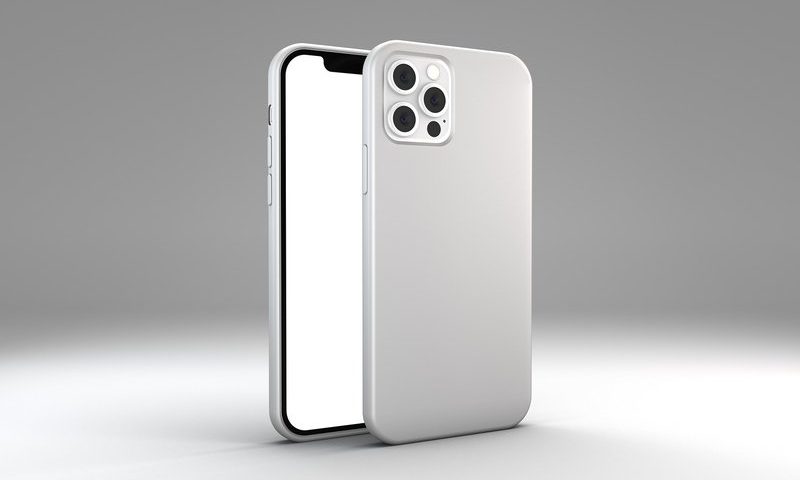The FDA is re-upping its public warnings about the need for people to keep their cell phones away from implanted pacemakers and defibrillators—especially because newer smartphones may contain stronger magnets.
Having those magnetic fields in close proximity can trigger the implant’s “magnet mode,” a built-in safety feature that may change how they operate—such as by altering the pacing rate, switching off heartbeat data collection, or pausing the ability to deliver electric shocks.
The modes are designed to make the devices safer during certain medical procedures, such as MRI scans, and can revert back to normal once the magnet is removed.
The FDA said it conducted its own tests to see whether some consumer electronics—including cellphones and smartwatches with snap-on wireless chargers—could disrupt certain medical devices, and what can be done to prevent it.
“We believe the risk to patients is low and the agency is not aware of any adverse events associated with this issue at this time,” the FDA’s device center director, Jeff Shuren, said in a statement. “However, the number of consumer electronics with strong magnets is expected to increase over time.”
The agency recommended that people with implants discuss the risks with their healthcare providers and keep consumer electronics at least six inches away. They should avoid carrying a cell phone in a chest pocket, for example.
Apple’s newest smartphone, the iPhone 12, boasts a line of MagSafe chargers and accessories, including magnetic cases, phone stands and car mounts. The new models contain more magnets than previous iterations, according to the company, but Apple said “they’re not expected to pose a greater risk of magnetic interference to medical devices.”
Like FDA, the tech giant recommends that iPhones be kept at least six inches away from any implants during use. Apple also suggests keeping the devices separated by more than 12 inches if the device is wirelessly charging.
Earlier this year, doctors at the Henry Ford Health System said they found the iPhone 12’s magnets were strong enough to deactivate certain implanted cardiac devices, by passing the smartphone over a patient’s chest while monitoring their connected defibrillator.
“We were all stunned,” said cardiologist Gurjit Singh. “We had assumed that the magnet would be too weak in a phone to trip the defibrillator’s magnetic switch.”
The researchers said they are planning a more comprehensive study of all major brands of defibrillators and pacemakers, to put them up against the iPhone and other portable devices.

